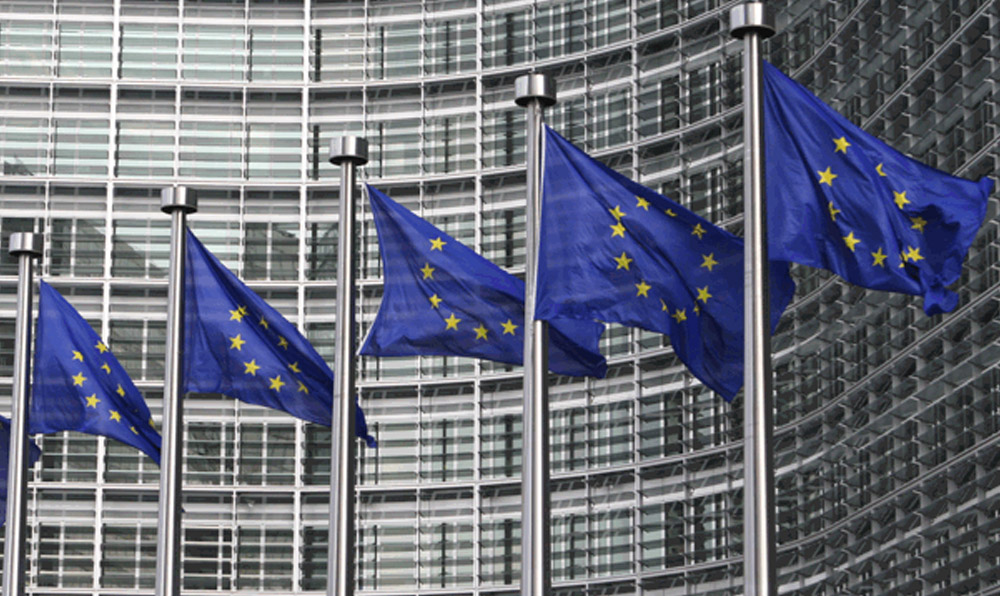Did you know that “Export Control Compliance” is worth 56 points in Scrabble™?
For those hardcore Scrabble players, yes, I realize that one cannot use phrases. Alas, Export Control Compliance can’t score you 56 points in the board game, but it can increase the effectiveness of your company, university, or scientific institution. It can increase the organization’s ability to secure funding from a broader range of sources, expand external partnerships, and leverage the best scientific talent internationally. The “comfort” that a compliance program has the necessary rigor behind it can boost material and technology licensing opportunities and other entrepreneurial endeavors of researchers in industry and academia. What won’t win your organization points with the government are the following perspectives shared via actual online posts seen over recent years.
“We’ve had U.S. companies request it for our product…it only applies to restricted items like guns and explosives, and possibly to software that uses certain…encryption.”
This quote is from a company based in the UK. The “it” being referenced is an Export Control Classification Number (ECCN.) Let’s break this statement down in two different ways, first considering the focus on U.S. companies. The presence of global subsidiaries and satellite offices for U.S. companies and universities continues to grow. In light of that fact, many organizations should also consider that export controls regulations are global. There are many multi-lateral agreements that form the basis of U.S. export controls. Depending on their participation in these multi-lateral agreements, some countries have implemented export controls regulations that are similar to the U.S. regulations, while others are distinctly different. These global regulations are equally dynamic as the U.S. ones, just in a different manner. In fact, the UK has regulations that are not that different than the U.S. regulations when one looks at regulations globally. One does not need to look very far to see recent updates to, for example, Canada’s, Japan’s, and the European Union’s export controls regulations. Furthermore, there is evidence in the press on foreign-owned companies being fined by the U.S. government for violating U.S. export controls. So, the regulations impact organizations in complex ways beyond the boundaries of the U.S.
Now let’s consider the latter part of the statement. If only the Commerce Control List and United States Munitions List were limited to guns, explosives, and encryption software. The life of a compliance leader would indeed be much easier! In reality, these controls lists (and the associated multi-lateral control lists) span a very broad range of items. In particular, export controlled “dual-use” items include seemingly benign ingredients such as triethanolamine, an ingredient used in everyday lotions and creams. Software controls go well beyond encryption software and into software developed for multiple types of controlled instruments. With the U.S. Export Control Reform Initiative, there is the added complexity of ensuring the jurisdiction (between the Department of Commerce vs. Department of State) is accurately understood even before classifying an item.
“Googling pulls up a bunch of legalese that makes your eyes glass over.”
Well, this is a hard one to argue with. Yes, there is a lot of “legalese” in the export controls regulations. That is the reality for many government regulations stemming from countries around the world. Unfortunately, the abundance of legal terms and regulatory lingo does not afford companies and universities the luxury of not abiding by the regulations. It’s important to develop or hire internal talent to handle export controls compliance in an effective manner—or to seek out external subject matter experts who can guide your personnel. Furthermore, the control lists we mention above also have a wealth of scientific technical terms that need to be well understood and applied.
“We just tell customers that no ECCN applies to our product.”
Suppliers may find that an increasing number of their customers are seeking accurate and comprehensive support around the classification of their products—prior to sale. At times, customers may even push for the export classification determination by the supplier to be written into the terms and conditions of a purchase order. In today’s regulatory climate, this is understandable as customers—whether they be in industry or higher education—want to fully understand what they are purchasing and bringing on site, including any associated compliance responsibilities and requirements.
The bottom line is that, yes, the U.S. export control regulations are complex, deep, not unique to the U.S., and important to accurately follow. Understanding and implementing a strong export compliance program can benefit the bottom line of companies and universities in multiple intangible and tangible ways.
About the Author
Jennifer Saak is the Founder and Managing Director of Traliance, a leading provider of export controls compliance services for research organizations in higher education and industry.


